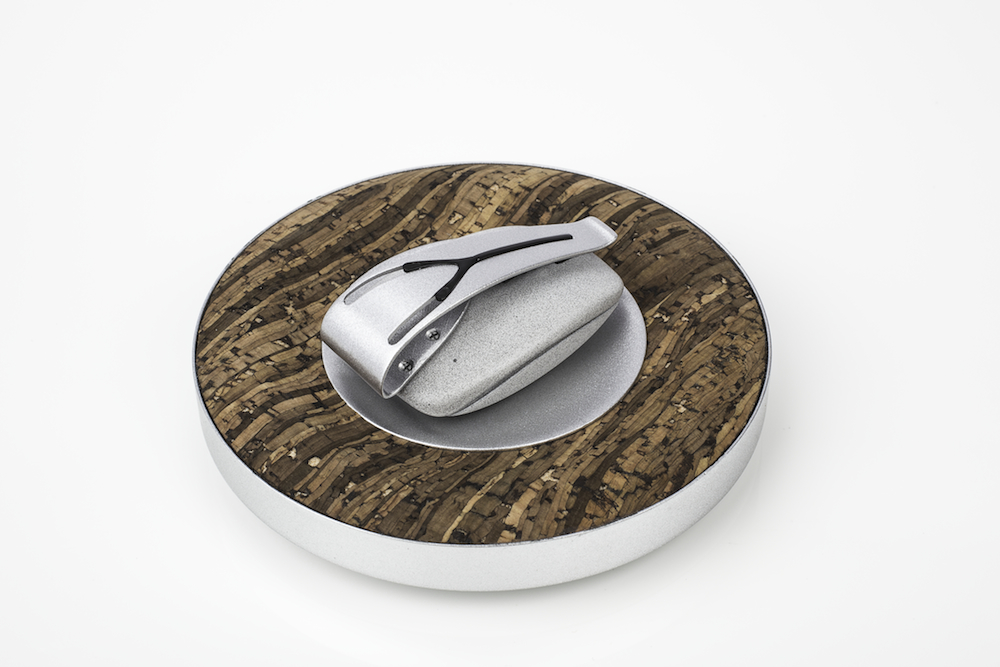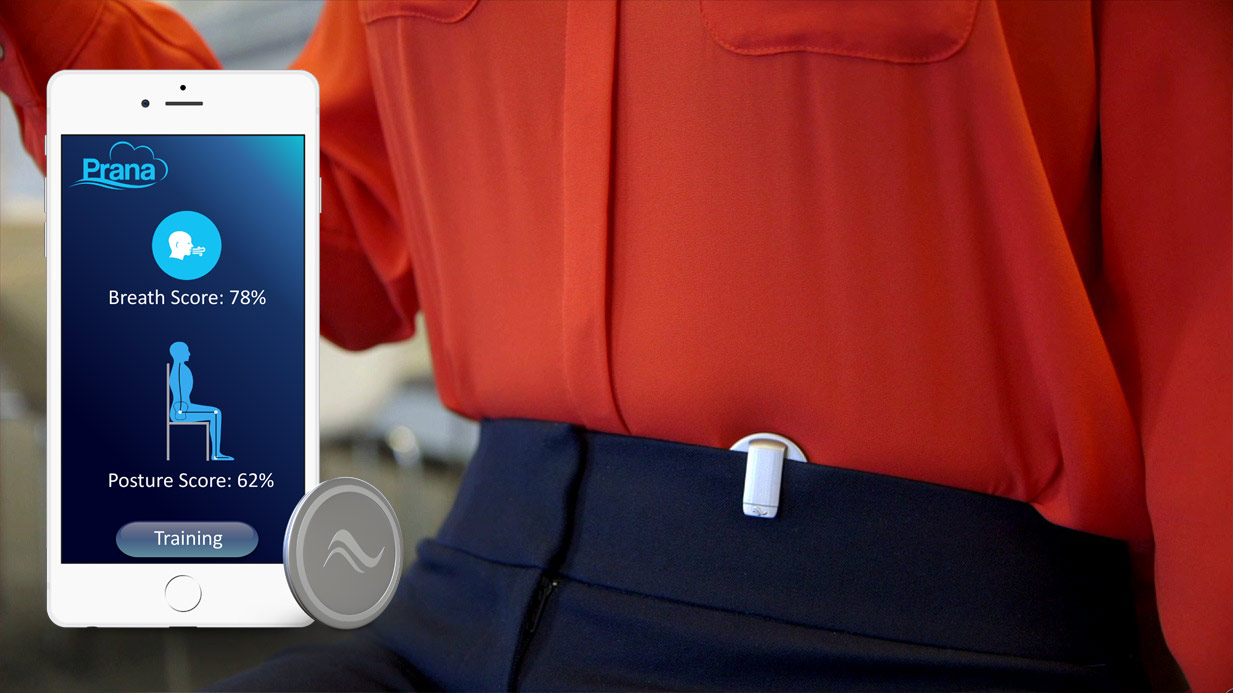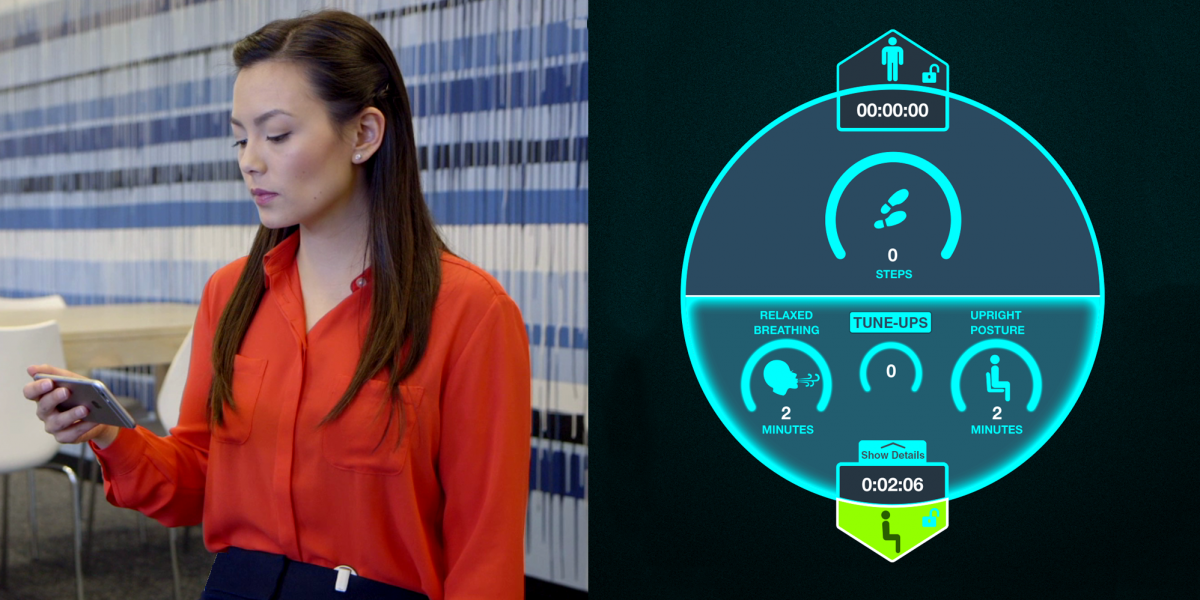According to technology analysts Juniper Research, worldwide retail revenue from smart wearable devices may reach some €49 billion by 2019. Wearables are linked to the ‘connected self’, through combining smart sensors with web and smartphone connectivity.
Haptic feedback
Using sensors and the latest technology, new wearable devices aim to help us by promoting awareness, meditation and mindfulness. Spire, designed by Stanford University’s Calming Technologies Lab, monitors stress and agitation. Analysis of collected data allows Spire to determine the degree of stress reached. Using a system of intelligent notifications, the device provides warnings if a certain threshold exceeded. Another device - the Wellbe - analyses heart rates to ascertain stress levels and suggests exercises to release tension.

‘Prana’ from Prana Tech tries to change the posture and breathing rhythm of the wearer to decrease daily stress levels and the ‘Being’ smartwatch that tracks blood pressure, breath rate and heartbeat monitor also checks stress levels and suggests meditation exercises. Another example: the SmartMat, with its 21,000 integrated sensors communicates with your Smartphone through BlueTooth to correct yoga postures and suggest new ones. There’s even a build-it-yourself kit available that allows you to build a buzzing bracelet using an Arduino Gemma miniature wearable microcontroller board. The bracelet provides subtle haptic feedback - if you’ve been sitting still for too long, you’ll be prompted to get up and move.

From personal data to healthcare revolution
Of course, none of these devices can replace our own intuition and awareness. However, their output can help us quantify what’s going on. Besides posture, breathing rate and so on, wearable devices can also monitor sleep patterns or calorie intake, for example. By analysing the resulting data and providing recommendations, wearables can be beneficial to individual users, as well as the healthcare professionals or sports coaches that look after them. However, collecting and analysing anonymous data on a large scale means the healthcare sector can spot patterns and take preventive or curative measures to take care of large populations of people. Furthermore, an increasing number of medical measurement devices are now becoming available in wearable form, such as ECG monitors, blood pressure monitors, glucose monitors and pulse dosimeters. Of course, data networks need to be ready to process the vast volumes of information generated by all these systems.
